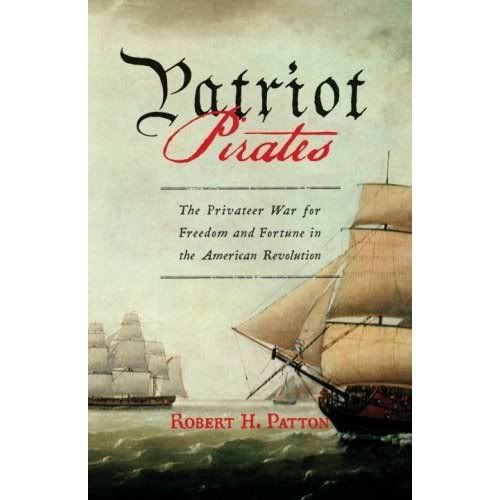I love a good history book (I'm sure I'm in good company round here!)
So i thought we could compile a list of good books about the general history and tactics deployed in the time period to be covered by Empire.
I'll start off:
Command of the Ocean - N.A.M. Rodgers
As you would expect by the title this is a book (part of a trilogy) about the Royal Navy, this particular volume is esp concerned with the time period covered and is bloody ace.
I read it when it came out a couple of years ago, but will defo read again before Empires is released.
Cheers
Alex



 Reply With Quote
Reply With Quote










 I take it I'd be able to find this under non-fiction/historical, then?
I take it I'd be able to find this under non-fiction/historical, then?









Bookmarks